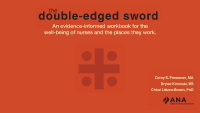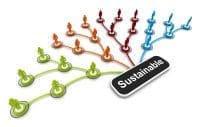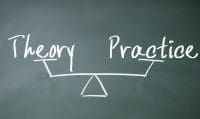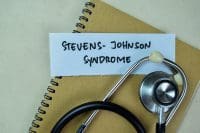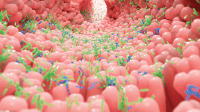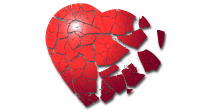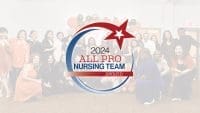The truth about high-energy drinks
Re “High-energy drinks: What you don’t know could hurt you” (August article available here): I am very impressed with the information…presented. I always knew high-energy drinks contained large quantities of caffeine and sugar, but the herbal ingredients were a shocker for me. These drinks are eye openers in moderation but deadly when abused. I know of health providers who use it daily in the emergency room. I will definitely pass [this article] on to them as well as the patients in the community.
Submitted online
Excellent article. A unique topic and a very well-balanced perspective…[on] such a massive marketplace item that I feel we as RNs may well be overlooking—many even misusing and frequently consuming to get through 12- or 16-hour shifts…
Steven J. Fields, RN
(Submitted online)
From the editor:
A reader queried the author as to how she gathered
data on the caffeine content of high-energy drinks. The author responded: “The caffeine content cited in the article comes from the label of each drink mentioned.
I took the cans off the shelf in the store and copied down the contents. Each drink has a different caffeine content, so you have to make sure you’re comparing drink for drink. I did look at several Internet sites to find caffeine content, but couldn’t find a consensus, so I used what was listed on the can’s label.”
Substance-abusing nurses
Re “The impaired nurse: Would you know what to do if you suspected substance abuse?” (August article available here.): This is a much-needed article. So often in nursing, we hesitate to do anything about a coworker who might have an issue with drugs or alcohol. Many have no idea that this is a disease, not a moral issue. Education is a must since it’s estimated that 10% to 20% of the population is at risk. Can you imagine going to nursing school and not learning about a disease that affects so many people? It happens; we need to raise our awareness.
Submitted online
The passion and the power
Re: “A power multiplier” (August article available here.): What I really hear is that power fuels passion. Without power to make a difference, we lose that intrinsic reward of accomplishment. Nurses are heard more than in the past, but we must continue to be heard and empowered to make positive changes or even just to provide quality care.
Submitted online
Resuming a nursing career
Re: “Ready, set, go! How to return to the nursing workforce” (August article available here.): As a retired nurse, I have contemplated returning to active nursing because I too miss the patient care. This article was excellent—factual, timely, and succinct.
Submitted online
A new perspective on what we do
I’ve read with pleasure Leah Curtin’s columns on quantum nursing. Dr. Curtin not only “gets” it but shares it with nurses at every level. Many of us were reared when the laws of Newton were the basic building blocks for understanding physics and mechanics—and for practicing nursing. With science progressing beyond linear thinking and other constraints of logical positivism, quantum physics is providing a perspective that offers nurses an expanded view of what we do and who we are. Some nurses may read “quantum physics” and think the concept is not relevant
or is too intellectual to be of use. Not so, as Dr. Curtin has shown. She takes current thought at a high level of scientific knowledge and, without demeaning or patronizing the practicing nurse, translates concepts into situations applicable and important to our profession. Intention, being there, and using our knowledge and skills in a deliberate manner are the very foundation of our education as nurses. If we ever needed a rationale for how we approach those in our care, quantum thinking is it. Dr. Curtin reminds us of our value as RNs and shares in everyday language the concepts we learned at the beginning of our careers: nurses practicing nursing in a purposeful, conscious manner—not in a random, thoughtless, or careless way. That’s why we are educated (not trained) and continue to learn throughout our lives so we stay mindful of what we bring to a therapeutic relationship.
Jeri A. Milstead, PhD, RN, FAAN, NEA-BC
Senior Nurse Consultant
Dublin, Ohio
We welcome your comments. You may submit letters to the editor electronically at www.AmericanNurseToday.com, or by mail to: Letters to the Editor, American Nurse Today, c/o HeatlhCom Media, 259 Veterans Lane, 3rd Floor, Doylestown, PA 18901. Please include your full name, credentials, city, state, and daytime phone number or e-mail address. Letters should contain no more than 250 words and will be edited for grammar, length, content, and clarity. All letters are considered American Nurse Today property and therefore unconditionally assigned to American Nurse Today.





